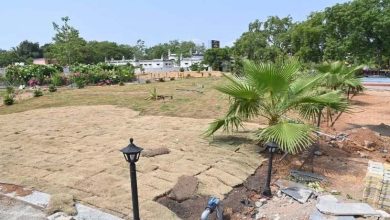SC refuses to consider PIL against construction in protected area of Old Goa

The Supreme Court on Friday refused to entertain a public interest litigation (PIL) alleging construction of a new residential building in a ‘protected area’ of Old Goa under the guise of repairing the existing structure.
However, the top court gave liberty to NGO ‘The Goa Foundation’ to approach the High Court with its complaints regarding the alleged new construction at Ella in violation of the Ancient Monuments and Archaeological Sites and Remains Act, 1958.
A bench of Justices Surya Kant and KV Vishwanathan took note of the submission of senior advocate Sanjay Parikh, appearing for the NGO, that the area where the illegal structure has been built is a UNESCO World Heritage Site and nothing new can be allowed in it. Is. Made there.
The top court said the Goa bench of the Bombay High Court is “well equipped” to look into the entire issue holistically and disposed of the PIL.
The senior advocate said the petition was filed in public interest, “on account of construction of a brand new residential building in Survey No. 4/1 of Ella village, Taluka Tiswadi, situated within the protected area of Old Goa, under the guise of repairs and fraudulent representations”. And for the structure existing on the site, based on the approval received under the documents.
The PIL said the construction of the residential building defeats the purpose of the Ancient Monuments and Archaeological Sites and Remains Act, 1958 which provides for “preservation of ancient and historical monuments and archaeological sites and remains of national importance” in India. And constitutes one. Violation of fundamental rights under Article 21 (right to life)
and personal liberty of the petitioner).
It had sought direction to the authorities to preserve the village and “to direct the demolition of all illegal constructions at the said site”.
The PIL had sought an investigation into the demolition of the existing structure and construction of an entirely new one in the protected area despite the provisions of the Ancient Monuments and Archaeological Sites and Remains Act, 1958, and being a UNESCO World Heritage Site.





